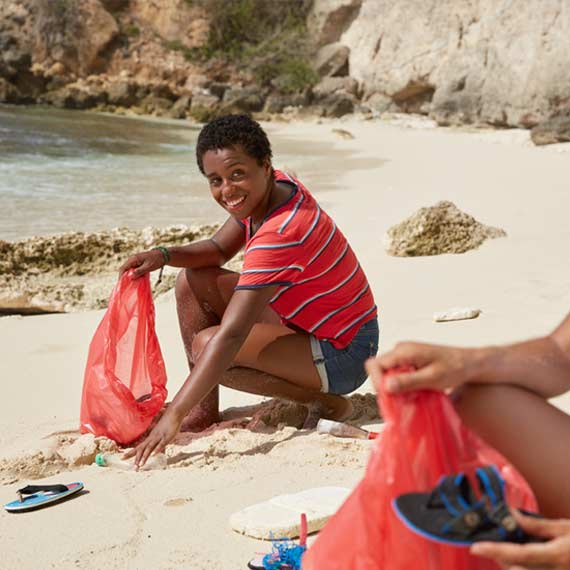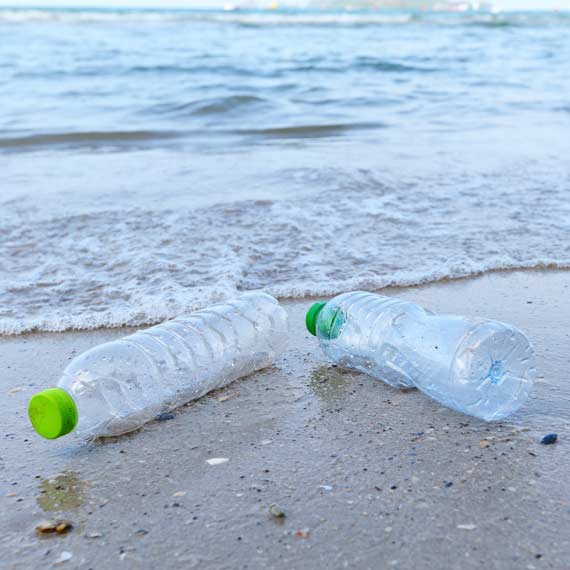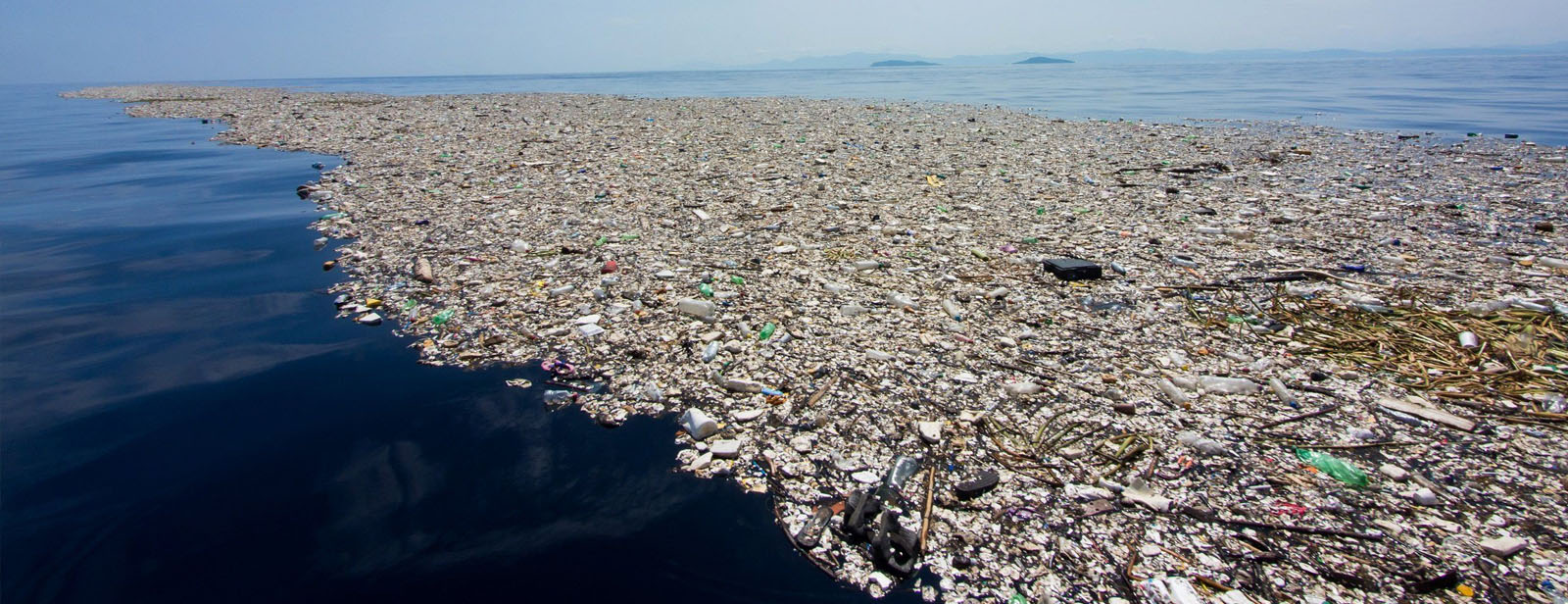Meet thilafushi the garbage island of the Maldives. A manmade Island, just to dump about 330 metric tonnes of garbage a day which is mostly plastic and batteries. A single tourist in the Indian Ocean paradise of Maldives Islands generates 3.5 kg of trash every day double that of what is produced by Maldives residents.
Tilafushi is the world’s largest garage Island where an NGO has been working on the protection of the oceans. It has subsequently collaborated with world biggest shoe brand to produce products made from upcycled plastic. But one day, these shoes go back to the dumps or may be to the ocean once again!
One assessment claimed that, as of 2009, wind had the "lowest relative greenhouse gas emissions, the least water consumption demands and... the most favourable social impacts" compared to photovoltaic, hydro, geothermal, coal and gas.


Islands’ Vulnerability to Plastic pollution
Island economies, largely dependent on tourism and fisheries, often have to deal with one of the greatest threats to these industries: plastic waste. Not only do islands have to deal with the plastic waste they generate, but they also have to handle debris that wash onto their beaches from afar.
Up to 14 million tons of plastic waste enter the ocean every year. This has adverse impacts on the health of ocean ecosystems, the integrity of food supplies and people’s livelihoods. While tourism contributes to about 10% of global GDP with 10% of jobs worldwide, the solid waste production would increase 2. 5 times the current levels by year 2050
- Many islands, particularly Small Island Developing States (SIDS), tend to have vulnerable economies that depend largely on tourism and fisheries.
- Islands have to deal with plastic waste they generate themselves as well as plastic debris that washes ashore from other places.
- Inter-island waste management is particularly challenging for islands that are isolated.
Let’s talk about trash
Nearly 300 million tonnes of plastic waste is produced every year and that is almost equal to the weight of entire human population Rivers of the world carry 8 million tonnes of plastic waste from deep inland into the open oceans every year.
- Yangtze river 1.4 million tonnes
- Indus river 0.16 million tonnes
- Huang He river 0.12 million tonnes
- Hai he river 0.09 million tonnes
- Nile river 0,08 million tonnes
- Brahmaputra/ Ganges River system 0.07 million tonnes
Our Solution
Plastic pollution is a design, production, consumption and disposal challenge that must be tackled across plastic’s entire lifecycle. Island nations typically do not have the infrastructure to make recycling economical, nor the technical support to develop measures to reduce the use of plastics in the first place.
We at Hydroxy systems make plastic disappear once for all. We convert plastic straws, tooth brushes, shampoo bottles, PET water bottles plastic carry bags and all plastic trash into motor grade high speed diesel oil with zero emission technology.
Wish plastic off the islands with Hydroxy Systems let the fun on the beach


